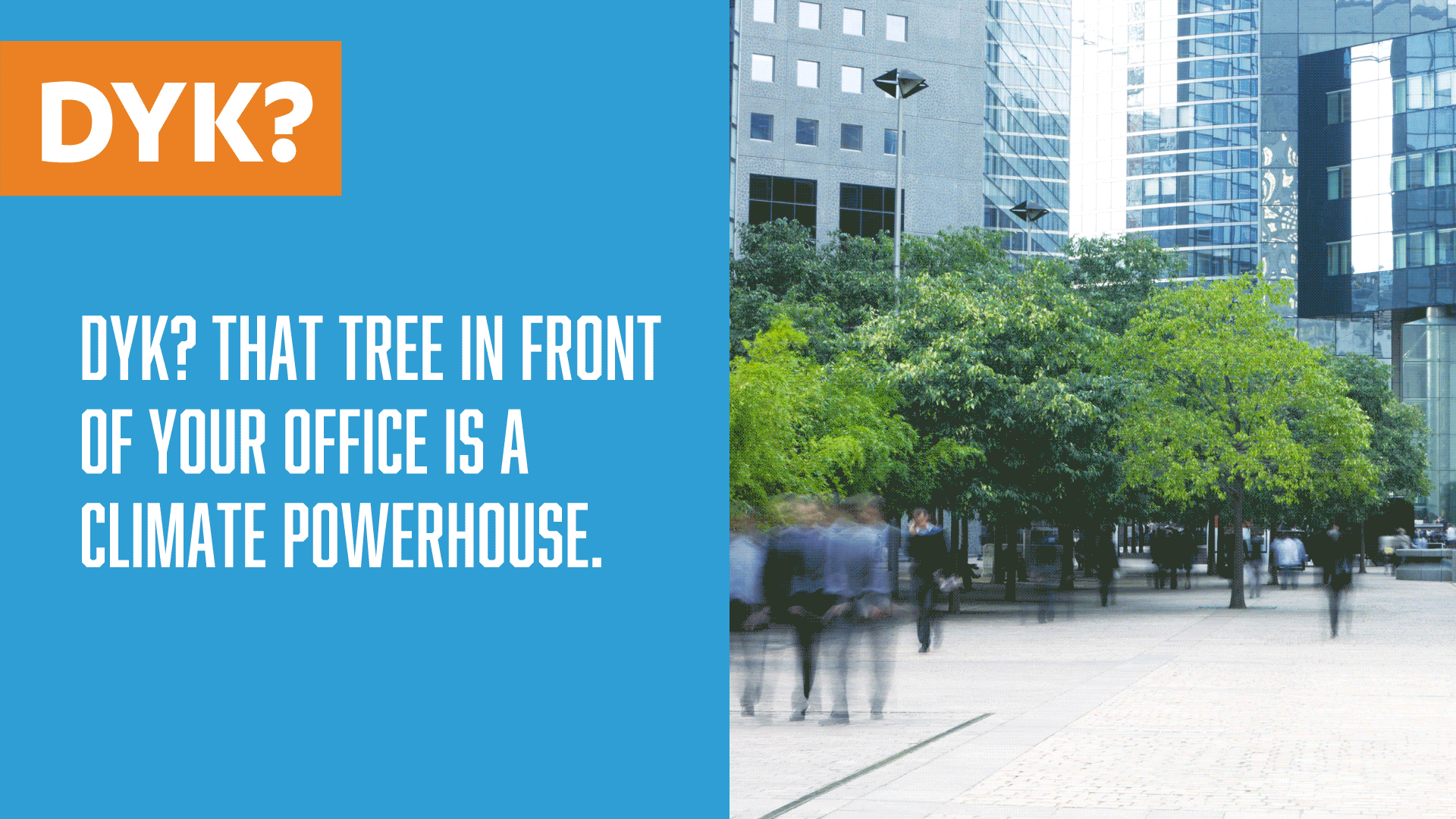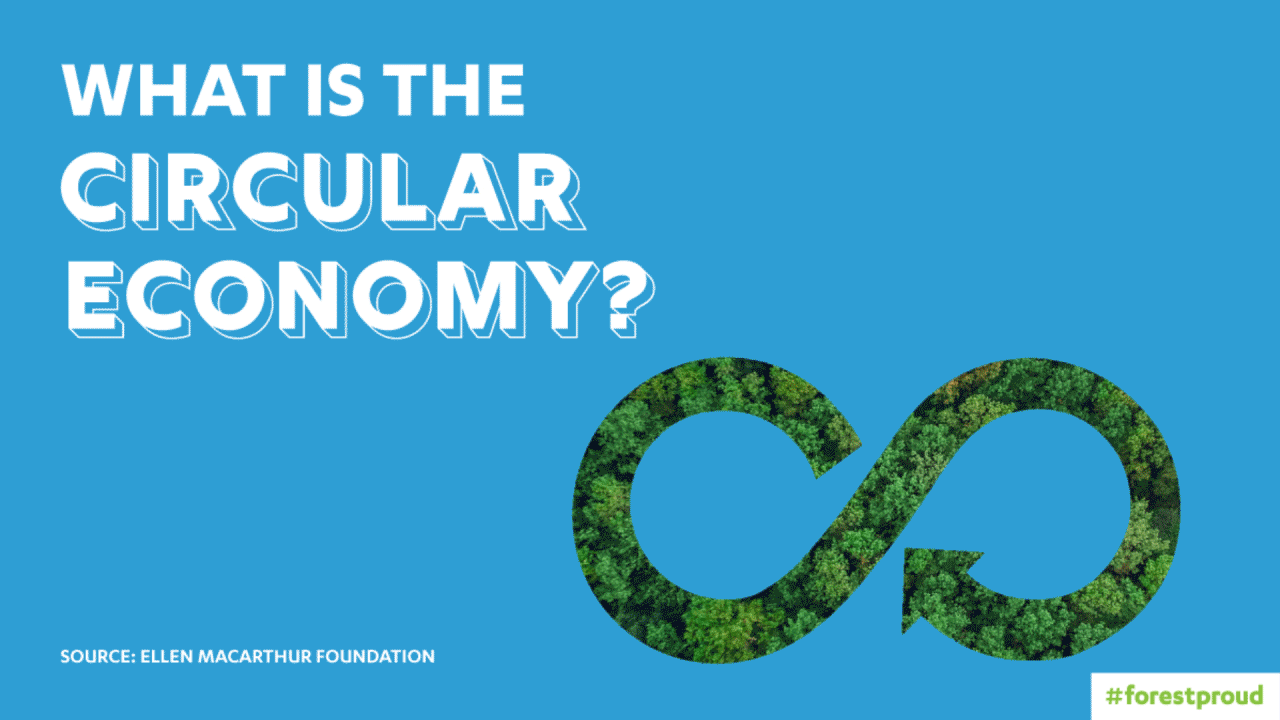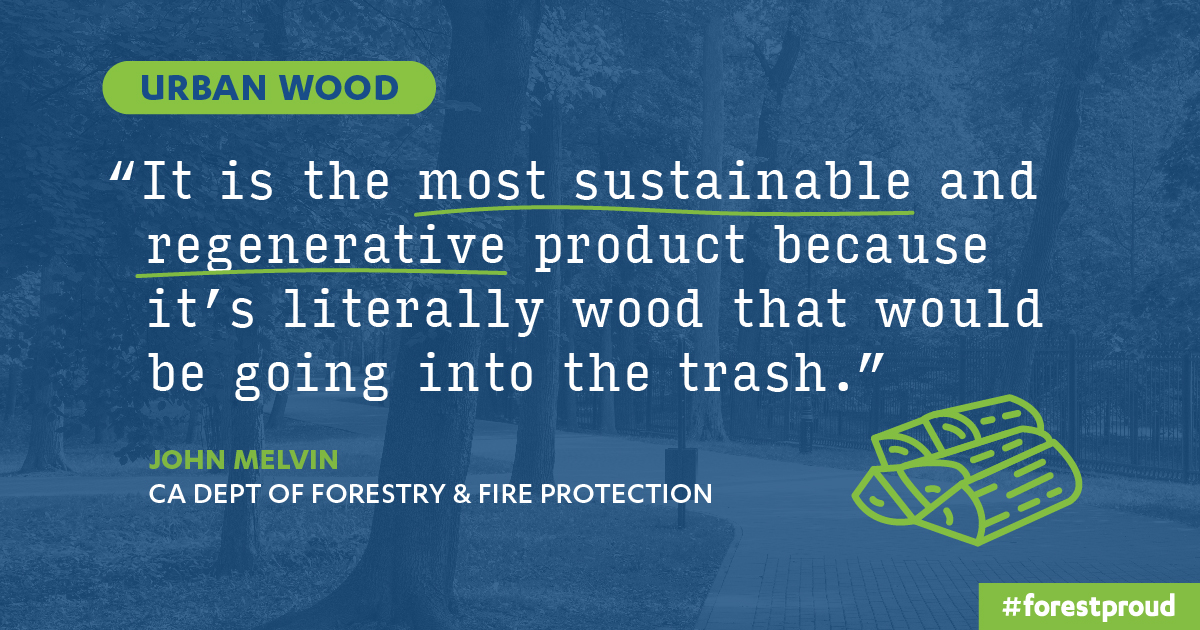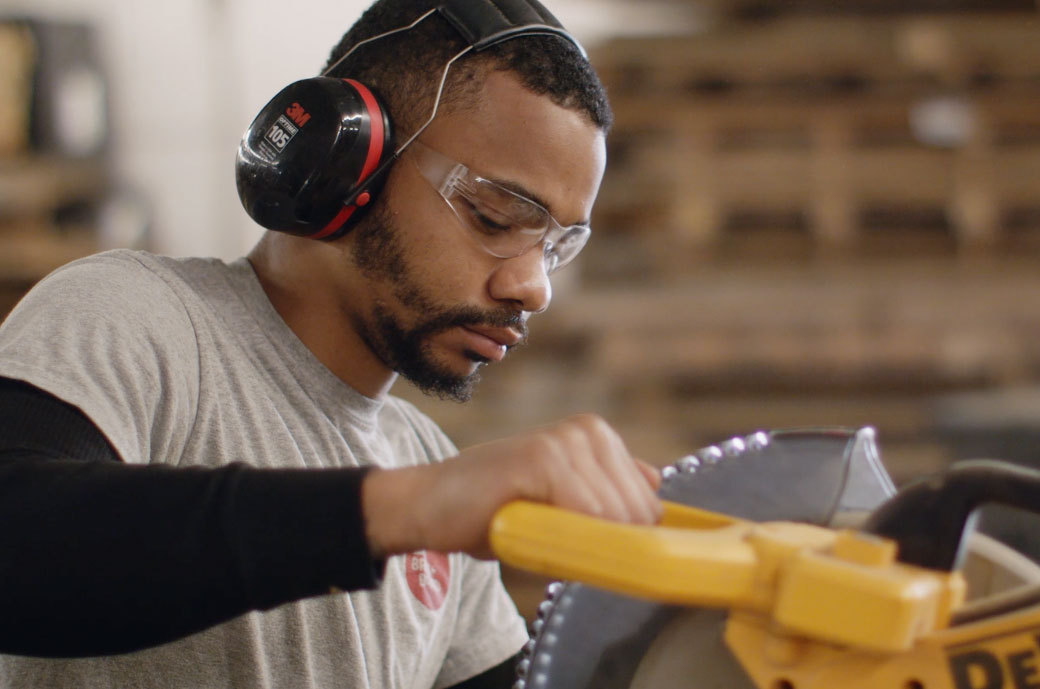Urban Wood Utilization
From Trash to Treasure
© Photo by #forestproud
In a given year, an estimated 15 - 30 million tons of urban wood is wasted across the country, ending up in landfills, releasing carbon back into the atmosphere as the wood rots slowly away.
But it doesn’t have to be that way.
At its core, urban and community wood utilization diverts wood from waste streams and landfills, creating value, driving new markets, generating employment opportunities, and storing carbon in wood destined for landfills. The wood comes from two main streams: 1) fresh cut and recovered from trees coming down in urban and community areas and 2) wood salvaged from building deconstruction.
Let's talk about that first stream of wood waste.
Planting and maintaining trees is an essential part of growing a climate-resilient city. Trees shade our streets and homes, reducing our energy costs and providing shade and cool spots in our increasingly hot urban spaces; they filter our air, clean our water, and provide beauty and a renewed sense of connection to nature. As they grow, trees continually store carbon, locking it away from the atmosphere.

No matter how you look at it, urban forests are collectively a living climate solution to today’s climate crisis.
But, as we plant more trees and grow our urban and community forests to meet today’s needs, there will inevitably come tomorrow’s question: What will we do with the trees when they come down? And they will come down, in whole or in part, from natural disasters, pests and disease, drought, new construction, homeowner maintenance, utility line needs, or old age.
Urban wood utilization began with a goal to explore new uses for urban wood waste but is quickly growing into a holistic means to drive a circular, bio-based urban economy that addresses complex ecological, economic, and social challenges across the country.

Recovering and reclaiming wood waste helps us build and grow local wood economies, create jobs, store carbon, and position cities to achieve sustainability and climate resiliency goals. Each new product and business built around urban wood creates a story and product that connects trees in our communities to homes and people in a tangible way. It drives community and employment revitalization and reduces wood waste, all while reimagining our cities—and our urban wood streams—as opportunities for innovation and climate solutions.
The urban wood movement is here to stay, and we’re #forestproud to see it grow.

__
New to the urban forestry conversation? Check out our series on what the urban forests is, why it matters, why we measure it, and why we are #forestproud to see it grow.
Take a Deep Dive! In December 2022, the CA Urban Wood Academy was held but space was limited. The range of topics and expertise at the Academy was so valuable that CAL FIRE and the USDA Forest Service provided funding to capture the educational highlights. We're pleased to share a full 6.5 hours of FREE high-quality educational content, cut down and packaged into a virtual workshop learning experience via a series of presentations, hosted on SAF ForestEd. This workshop lecture series offers the opportunity to earn 5.5 SAF and ISA continuing education credits. This free virtual workshop is for anyone looking to build or refresh knowledge around urban wood utilization and how the wood product supply chain is key to making significant environmental, social and economic impacts on communities of all sizes. The information presented here ties together urban and community forest management, plans for reducing tree waste, scaling up urban wood utilization and production, creating zero-waste biomass campuses, and connecting to the demand-side of the marketplace.

